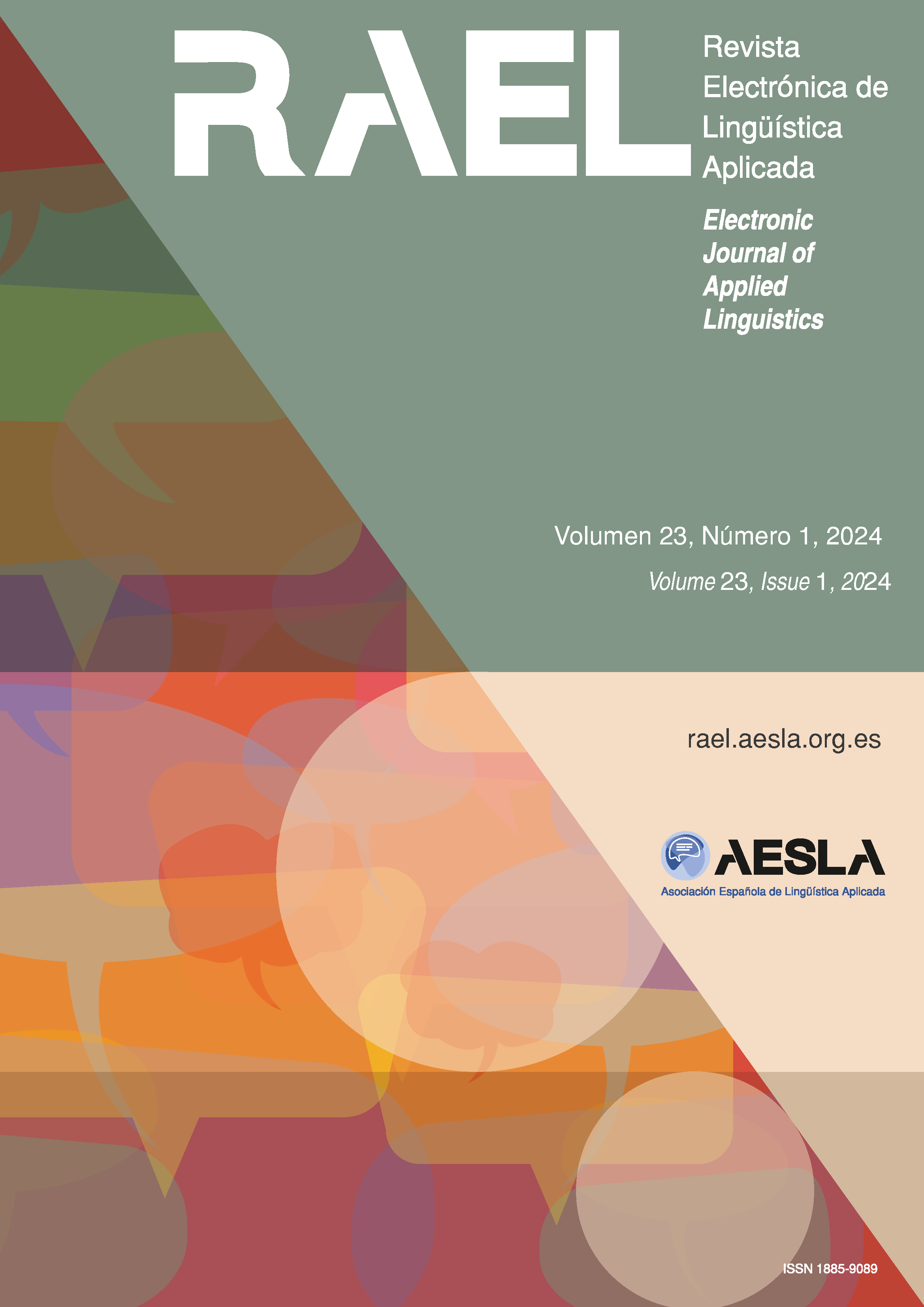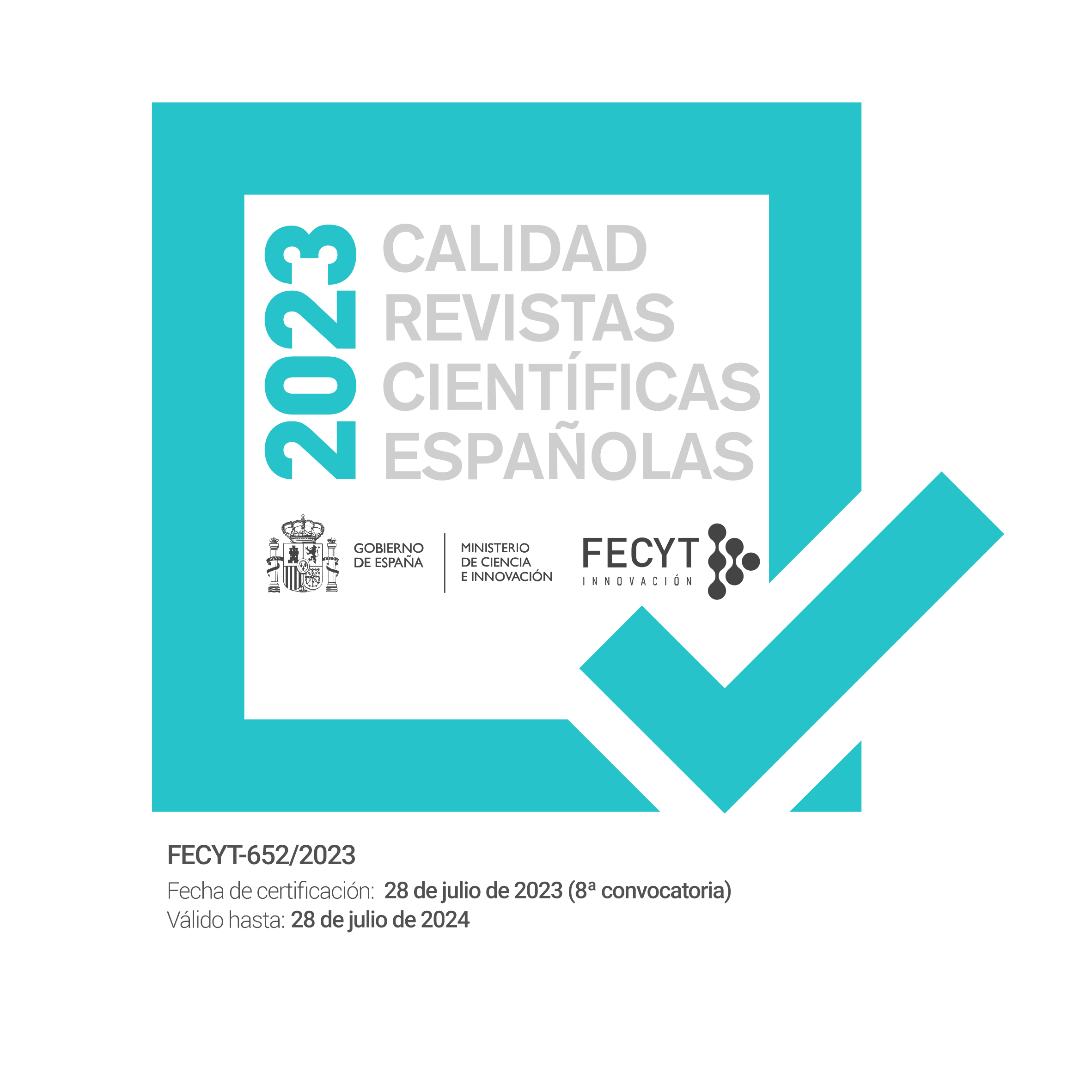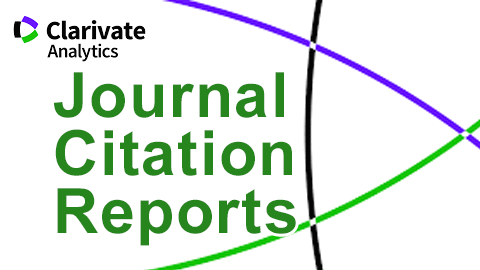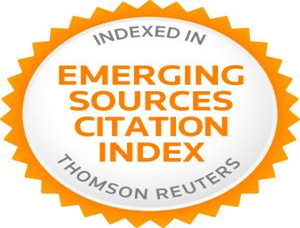Expresión e interacción orales y autoevaluación: estudio descriptivo y de intervención con hablantes avanzados de español como lengua adicional
DOI:
https://doi.org/10.58859/rael.v23i1.650Keywords:
Self-assessment, speaking, intervention, stimulated-recallAbstract
The present study includes an intervention study based on the development of self-assessment on the oral competence of the participants (ten speakers of Spanish as an additional language at an advanced level), as well as a descriptive study of the participants’ speaking skills through the technique of stimulated recall. Our objectives were, first, to analyze the effects of the intervention implemented on the participants' speaking in Spanish; second, to learn about the participants' self-assessment of their speaking skills in Spanish; and finally, to learn about the participants' evaluation of the self-assessment protocols implemented. The results show the positive impact of self-assessment on the participants’ speaking skills. In addition, the study sheds light on the strengths and weaknesses of the participants as Spanish speakers and shows that the protocol was very well received by the students.
References
Andrade, H. L. (2019). A Critical Review of Research on Student Self-Assessment. Front. Educ., 27. https://doi.org/10.3389/feduc.2019.00087
Black, P., Harrison, C., Lee, C., Marshall, B. y Wiliam, D. (2003). Assessment for learning: Putting it into practice. Nueva York: Open University Press.
Boud, D. (1995). Enhancing learning through self assessment. Londres: Routledge Falmer.
Bourke, R. (2014). Self-assessment in professional programmes within tertiary institutions. Teach. High. Educ., 19, 908-918. https://doi.org/10.1080/13562517.2014.934353
Butler, Y. G. y Lee, J. (2010). The effects of self-assessment among young learners of English. Language Testing, 27(1), 5-31. https://doi.org/10.1177/0265532209346370
Butler, Y. G. (2016). Self-Assessment of and for Young Learners’ Foreign Language Learning. En M. Nikolov (Ed.), Assessing Young Learners of English: Global and Local Perspectives (pp. 291-315). Springer International. https://doi.org/10.1007/978-3-319-22422-0_12
Calsamiglia, B. H. y Tusón, A. (2008). Las cosas del decir: manual de análisis del discurso. Barcelona: Ariel.
Cameron, L. (2001). Teaching Languages to Young Learners. Cambridge: Cambridge University Press. https://doi.org/10.1017/CBO9780511733109
Cassidy, S. (2006). Learning style and student self-assessment skill. Education & Training, 48(2/3), 170-177. https://doi.org/10.1108/00400910610651791
Chen, Y.M. (2008). Learning to self-assess oral performance in English: A longitudinal case study. Language Teaching Research, 12(2), 235-262. https://doi.org/10.1177/1362168807086293
Cohen, A. D. y Macaro, E. (2010). Research Methods in Second Language Acquisition. En E. Macaro (Ed.), Continuum Companion to Second Language Acquisition (pp. 107-133). Londres: Continuum. https://doi.org/10.5040/9781474212397.ch-003
Cohen, A. D. y Scott, K. (1996). A synthesis of approaches to assessing language learning strategies. En Oxford, R. L. (Ed.), Language Learning Strategies Around the World: Cross-cultural perspectives (pp. 89-106). Honolulu, Hawaii: University of Hawai’i Press. https://doi.org/10.1515/9780824897376-008
Consejo de Europa (2002). Marco común europeo de referencia para las lenguas: aprendizaje, enseñanza, evaluación. Madrid: Anaya.
De Houwer, A. (2018). Input, context and early child bilingualism: Implications for clinical practice. En A. Bar-On & D. Ravid (Eds.), Handbook of communication disorders: Theoretical, empirical, and applied linguistic perspectives (pp. 599-616). Berlín: Walter de Gruyter. https://doi.org/10.1515/9781614514909-030
De Saint Léger, D. (2009). Self-assessment of speaking skills and participation in a foreign language class. Foreign Language Annals, 42, 158-178. https://doi.org/10.1111/j.1944-9720.2009.01013.x
De Saint Léger, D., y Storch, N. (2009). Learners’ perceptions and attitudes: Implications for willingness to communicate in an L2 classroom. System, 37, 269-285. https://doi.org/10.1016/j.system.2009.01.001
Dörnyei, Z. (2001). Motivational Strategies in the Language Classroom. Cambridge: Cambridge University Press. https://doi.org/10.1017/CBO9780511667343
Ericsson, K. A. (2002). Towards a procedure for eliciting verbal expression of non-verbal experience without reactivity: Interpreting the verbal overshadowing effect within the theoretical framework for protocol analysis. Applied Cognitive Psychology, 16, 98-987. https://doi.org/10.1002/acp.925
Gardner, D. (2000). Self-assessment for autonomous language learners. Links and Letters, 7, 49-60.
Gass, S.M. y Mackey, A. (2000). Stimulated Recall Methodology in Second Language Research. Routledge. https://doi.org/10.4324/9781410606006
Goh. C. C. M. y Vandergrift, L. (2012). Teaching and Learning Second Language Listening. Metacognition in Action. Nueva York: Routledge. https://doi.org/10.4324/9780203843376
Hanrahan, S. J. y Isaacs, G. (2001). Assessing Self- and Peer-assessment: The students’ views. Higher Education Research & Development, 20(1), 53-70. https://doi.org/10.1080/07294360123776
Instituto Cervantes. (2014). Guía del examen DELE C1. Recuperado de https://examenes.cervantes.es/sites/default/files/guia_examen_dele_c1.pdf
Keck, C., Iberri-Shea, G., Tracy-Ventura, N. y Wa-Mbaleka, S. (2006). Investigating the empirical link between task-based interaction and acquisition: a quantitative meta-analysis. En John M. Norris y Lourdes Ortega (Eds.), Synthesizing Research on Language Learning and Teaching (pp. 91-131). Hawaii: John Benjamins Publishing Company. https://doi.org/10.1075/lllt.13.08kec
Lyster, R. y Saito, K. (2010). Oral feedback in classroom SLA: A Meta-Analysis. Studies in Second Language Acquisition, 32(2), 265-302. https://doi.org/10.1017/S0272263109990520
Mackey, A. y Gass, S. M. (2005). Second language research: Methodology and design. Lawrence Erlbaum Associates Publishers.
Mackey, A. y Goo, J. (2007). Interaction research in SLA: A meta-analysis and research synthesis. En A. Mackey (Ed.), Conversational interaction in second language acquisition: a series of empirical studies (pp. 407-453). Oxford University Press.
Micán, D. A. y Medina, C. L. (2017). Boosting vocabulary learning through self-assessment in an English language teaching context. Assess. Evalu. High. Educ., 42, 398-414. https://doi.org/10.1080/02602938.2015.1118433
Murakami, C., Valvona, C. y Broudy, D. (2012). Turning apathy into activeness in oral communication classes: regular self- and peer-assessment in a TBLT programme. System, 40, 407–420. https://doi.org/10.1016/j.system.2012.07.003
Nunan, D. y Bailey, K. M. (2009). Exploring Second Language Classroom Research. A Comprehensive Guide. Canadá: Heinle.
O’Malley, J. M. y Chamot, A. U. (1990). Learning strategies in second language acquisition. Cambridge: Cambridge University Press. https://doi.org/10.1017/CBO9781139524490
Pérez Morales, J. I. 2007. La evaluación como instrumento de mejora de la calidad del aprendizaje. Propuesta de intervención psicopedagógica para el aprendizaje del idioma inglés. Tesis doctoral, Universitat de Girona. Recuperado de https://www.tdx.cat/bitstream/handle/10803/8004/tjipm.pdf
Ratminingsih, N. M., Marhaeni, A. A. I. N. y Vigayanti, L. P. D. (2018). Self-assessment: the effect on students’ independence and writing competence. Int. J. Instruc. 11, 277-290. https://doi.org/10.12973/iji.2018.11320a
Siow, L. F. (2015). Students’ perceptions on self- and peer-assessment in enhancing learning experience. Malaysian Online J. Educ. Sci., 3, 21-35.
The jamovi project. (2020). jamovi. (Version 1.2) [Software informático]. Recuperado de https://www.jamovi.org.
Wang, W. (2017). Using rubrics in student self-assessment: student perceptions in the English as a foreign language writing context. Assess. Evalu. High. Educ., 42, 1280–1292. https://doi.org/10.1080/02602938.2016.1261993
Winke, P., Zhang, X. y Pierce, S. J. (2023). A closer look at a marginalized test method: Selfassessment as a measure of speaking proficiency. Studies in Second Language Acquisition, 45(2), 416-441. https://doi.org/10.1017/S0272263122000079
Zimmerman, B. J. (2002). Becoming a self-regulated learner: An overview. Theory Into Practice, 41(2), 64-70. https://doi.org/10.1207/s15430421tip4102_2
Downloads
Published
Issue
Section
License
Copyright (c) 2025 Marta F. Nogueroles López

This work is licensed under a Creative Commons Attribution-NonCommercial 4.0 International License.
Attribution - Non-commercial (CC BY-NC). Under this license the user can copy, distribute and publicly display the work and can create derivative works as long as these new creations acknowledge the authorship of the original work and are not used commercially.
Authors retain the copyright and full publishing rights without restrictions.









